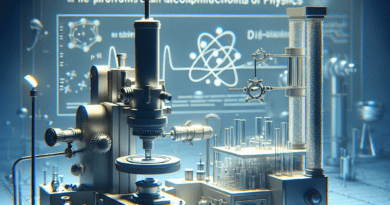Gustave Eiffel
Embarking on a journey around the globe means meeting remarkable people, both past and present, who have left their indelible marks on the world. One name you will certainly come across is Gustave Eiffel, the brilliant architect who put forth an age of wonder and amazement with his iconic towers and bridges. As you traverse the cobblestone streets of Paris or stare in awe at the towering steel and iron structures worldwide, you’ll be walking beneath the shadow of Eiffel’s everlasting legacy. It’s not just about travel; it’s about getting to know the intriguing influencers who have, quite literally, shaped the world you’re exploring.
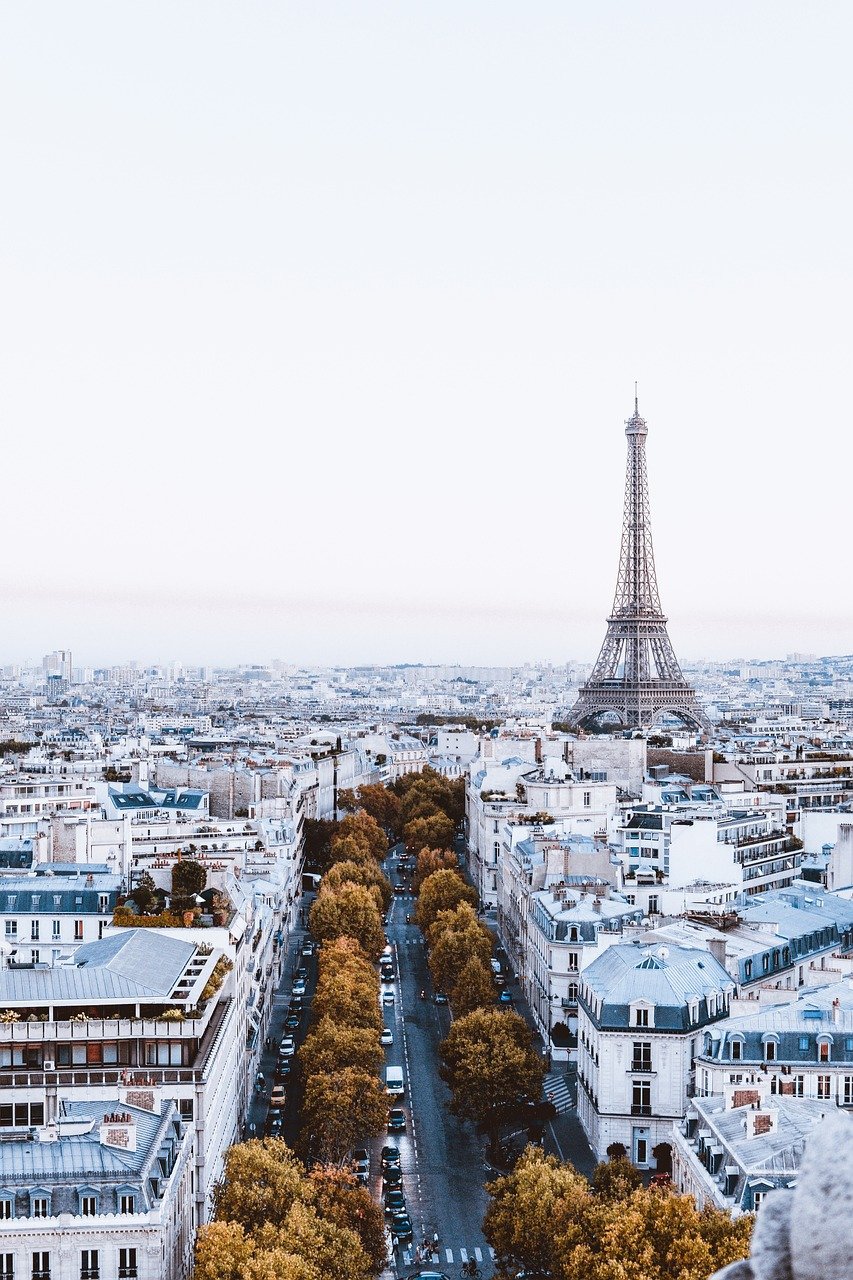
Early Years of Gustave Eiffel
Birth and Family Background
Before he became the iconic figure associated with one of the world’s most famous landmarks, Eiffel started out as simply Gustave Bonickhausen. Born on December 15, 1832 in Dijon, France, Gustave was the eldest child of Catherine Melanie and Alexandre Bonickhausen. The family adopted the name ‘Eiffel’, derived from a mountain in Germany, three generations before Gustave’s birth, showing the family’s fondness for grand architectural structures well before Gustave came into the scene.
Education and Early Interests
Like most successful people, Eiffel’s path was paved with quality education and curiosity. He was a keen learner, kick-starting his education at home under the supervision of his mother, a woman known for her intelligence as much as her high morals. Gustave later moved to Paris to attend the prestigious College Sainte Barbe. He then proceeded to study at the Ecole Centrale des Arts et Manufactures, excelling in chemistry and engineering, disciplines that later shaped his career.
Significant early experiences
Eiffel’s upbringing, particularly his time spent assisting his uncle at his vinegar factory, played a significant role in nurturing his interest in construction and chemistry. His fascination with the mechanics of building things, and a natural knack for solving complex problems, became evident during his time at Ecole Central Paris, where he designed a bridge for his graduation project.
Eiffel’s Entry into Engineering
First Job and Mentors
After graduation, Eiffel landed his first job at the workshop of a family friend, Charles Nepveu. It was here that Eiffel was first introduced to the world of railway construction and engineering, working as an unpaid assistant. Nepveu become a mentor to Eiffel, fostering his interest in construction.
Initial Professional Successes
Eiffel quickly proved to be a skilled engineer, distinguishing himself by successfully completing a bridge project in Bordeaux when the company’s leading engineer unexpectedly left. This feat marked the beginning of Eiffel’s engineering eminence, setting the tone for his remarkable career.
Major Projects and Partnerships
Eiffel’s ability to design cost-effective and aesthetically pleasing bridges caught the eye of many, leading him to climb up the ladder in his profession. He transformed the bridge-building industry, collaborating with esteemed engineers on major projects, such as the Garabit Viaduct in France and the Maria Pia Bridge in Portugal.
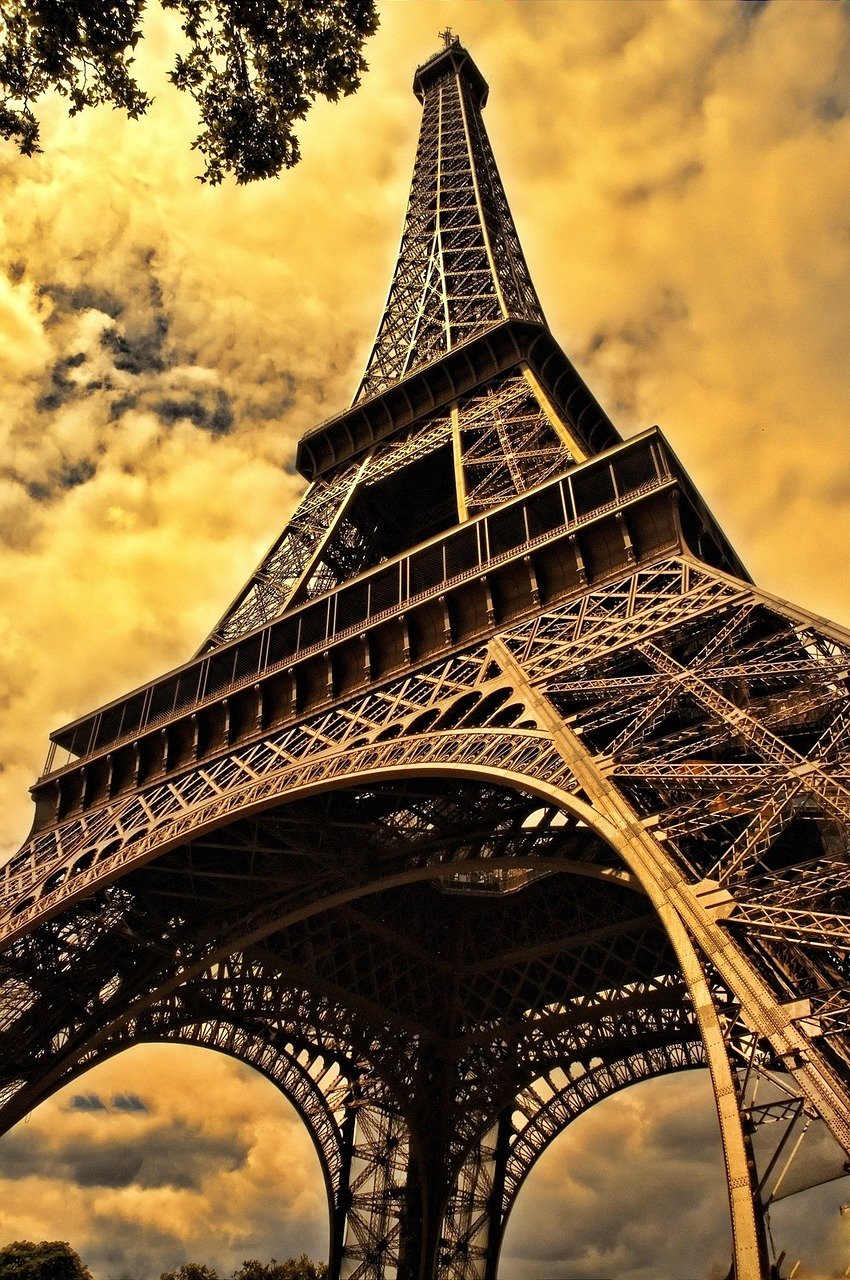
Signature Innovations and Design Concepts
Importance of Physics and Mathematics
In his projects, Eiffel leveraged his deep understanding of physics and mathematics to create safe, functional, and attractive structures. He focused on reducing the impact of wind resistance on his designs, which was especially crucial for the construction of tall buildings—like the Eiffel Tower.
Incorporation of Aesthetics in Engineering
Eiffel was not just about functionality; he believed that engineering should also involve aesthetics. He was instrumental in bringing a sense of artistry into civil engineering, balancing science with style—a viewpoint that was revolutionary at the time.
Breakthroughs and pioneering efforts
Eiffel was a true pioneer of his time, introducing new materials and techniques to the world of construction. He was among the first to extensively use puddled iron—a form of wrought iron—in his works, which marked a major breakthrough and set the standard in the industry.
Major Works of Eiffel
Eiffel Tower: Design, Construction, and Legacy
Eiffel’s most renowned construction, the Eiffel Tower, was initially met with significant public opposition. Undeterred, Eiffel pushed forward with the daring project. Completed in 1889, the Eiffel Tower became a symbol of French innovation and is now an icon of Paris.
Contributions to the Statue of Liberty
While the Eiffel Tower often dominates discussions about Eiffel’s contributions, it’s essential not to overlook his role in the construction of the Statue of Liberty. He was responsible for designing the iron framework that supports the statue, showcasing his remarkable engineering once again.
Other Major Architectural Endeavors
Eiffel didn’t just build towers and statues; his portfolio includes an array of diverse structures, such as railway stations, observatories, and churches. His work spans continents, reflecting his global influence.
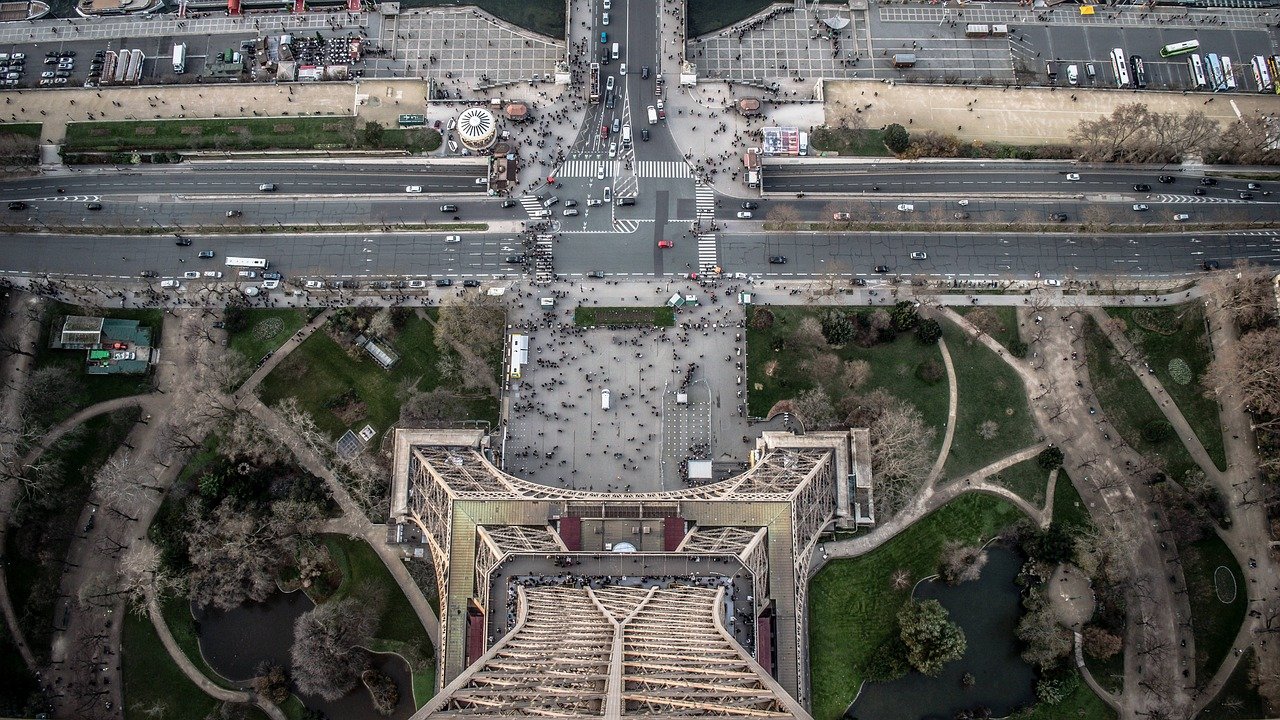
Challenges and Controversies faced by Eiffel
Professional Obstacles and Setbacks
Like all pioneers, Eiffel had his fair share of challenges. The construction of the Eiffel Tower was one such hurdle, defying the standard architectural norms of the time, it was heavily criticized and seen as a monstrous creation.
Criticism and Pushback on Designs
Eiffel often faced criticism from those who believed his designs were too futuristic. His daring and innovative structures were sometimes deemed outlandish, leading to public backlash.
Panama Canal controversy
One of the major controversies Eiffel faced revolved around the Panama Canal. Accused of mishandling funds, he was found guilty and sentenced to prison, although he was eventually acquitted due to lack of evidence.
Eiffel’s Work in Meteorology and Aerodynamics
Shift towards Scientific Exploration
Eiffel’s interest in engineering always intertwined with scientific exploration, but in his later years, he delved even further into this arena. He used the Eiffel Tower as a laboratory for meteorological and aerodynamic research, highlighting his versatility and his intellectual curiosity.
Key Findings and Contributions
Eiffel made significant contributions to the understanding of air resistance and the study of meteorology. His valuable research was used to design safer and more efficient airplanes and cars.
Incorporation of these fields in design
Even in his scientific endeavors, Eiffel’s engineering background shone through. He used his understanding of aerodynamics to improve the designs of structures and vehicles, blending science and engineering seamlessly.

Recognition and Accolades
Awards and Honors during his Lifetime
Eiffel’s work was recognized in his lifetime, with many awards and honors, including being appointed an Officer of the Legion of Honor, one of France’s highest distinctions.
Posthumous Recognition
Eiffel’s legacy is still recognized today, with several key structures around the world carrying his name. The Eiffel Tower itself stands as a testimony to his remarkable talent and creativity.
Global Influence and Legacy
Eiffel’s legacy is deeply entrenched in the field of engineering and architecture. His influence spans across sectors, and his work continues to inspire generations of engineers and architects worldwide.
Gustave Eiffel’s Personal Life
Marriage and Family
Away from engineering and science, Eiffel led a fulfilling personal life. He married Marie Gaudelet in 1862, and the couple had five children. Despite the demands of his profession, Eiffel was known to be a dedicated husband and father.
Hobbies and Personal Interests
Eiffel had a wide range of interests, including mountaineering and photography. He was also an avid traveler, using his journeys to draw inspiration for his projects.
Personality traits
Eiffel was well-respected for his diligence, innovative thinking, and perfectionism—traits that undoubtedly contributed to his outstanding career in engineering.
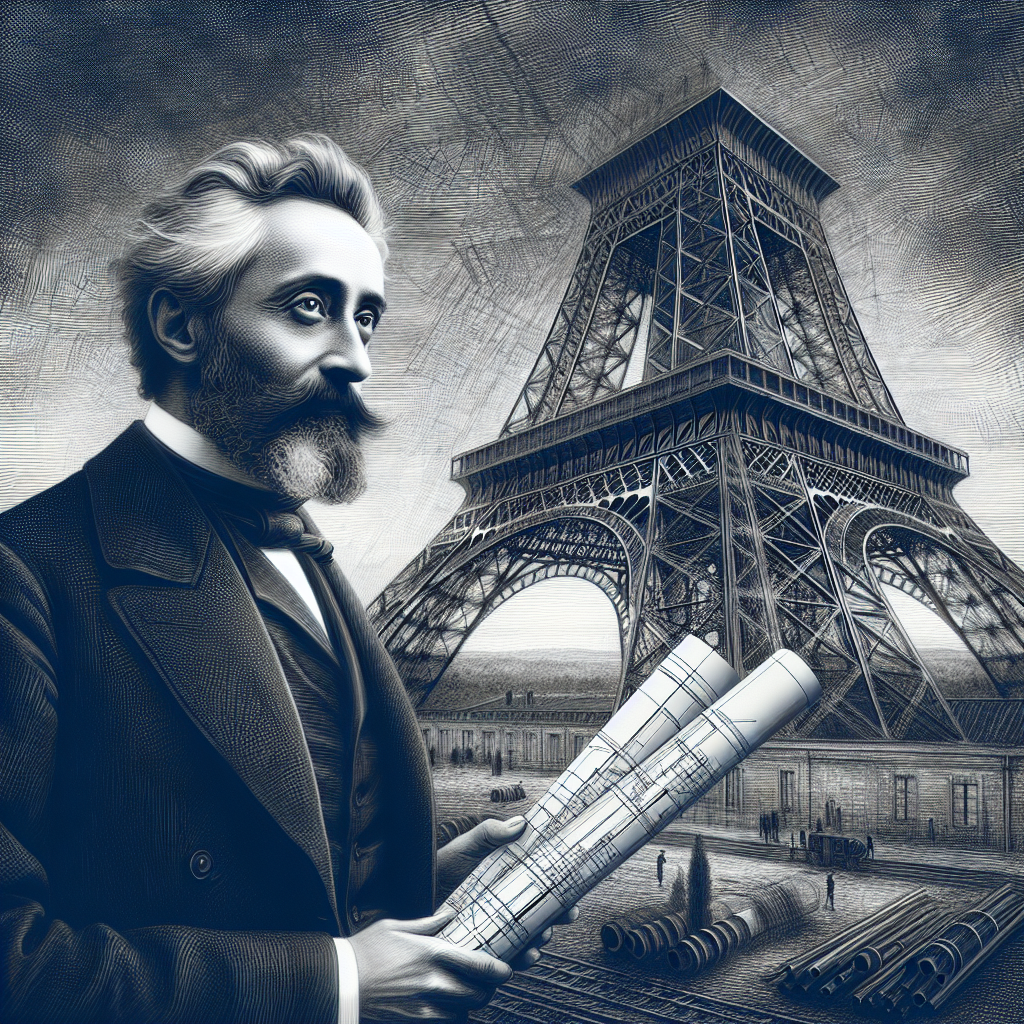
Later Years and Death
Retirement from Engineering
Eiffel officially retired from engineering in 1893, but he didn’t slow down. Instead, he used his retirement to dive even deeper into scientific research, particularly meteorology and aerodynamics.
Final Years and passing
Eiffel spent his final years primarily engaged in research. He passed away on December 27, 1923, at the age of 91, leaving behind a substantial legacy in the engineering world.
Post-Death Tributes
After his death, tributes poured in from all corners. His contributions to the world went beyond the realms of engineering, leaving an indelible mark on the world that continues to be celebrated today.
Impact of Gustave Eiffel’s Work Today
Continued Relevance of the Eiffel Tower
Despite changing times, the Eiffel Tower continues to stand as a testament to Eiffel’s genius. It remains one of the most visited landmarks worldwide, attracting millions of tourists each year.
Impact on Modern Engineering and Design
Eiffel’s techniques and designs have greatly influenced modern engineering and architectural practices, inspiring a new era of creativity and innovation.
Influence in Pop Culture and Tourism
Eiffel’s work, particularly the Eiffel Tower, has played a significant role in shaping the global perception of Paris and France, making it a pop culture icon and a must-visit destination for travelers from around the globe. Thus, Gustave Eiffel continues to be celebrated and remembered, not just as an engineer and scientist, but also as an artist whose work has transcended generations.


